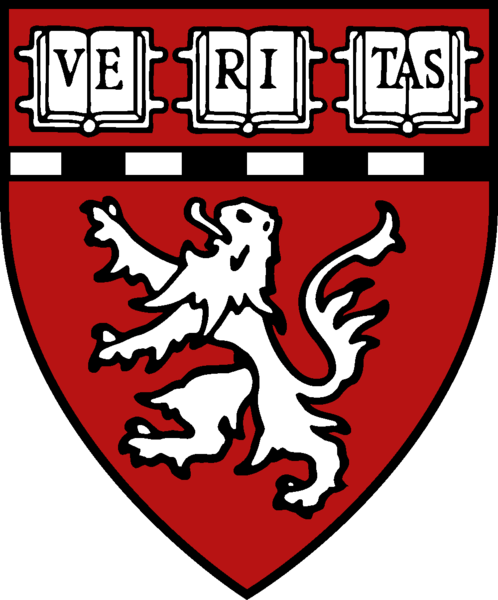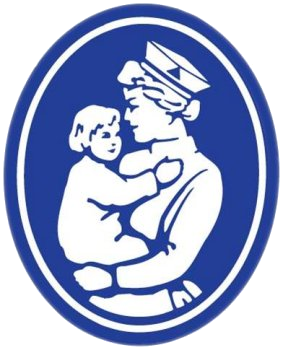


Chapter 13: Chapter 13: Investigating High-Level Visual Representations: Objects, Bodies, and Scenes
Dwight Kravitz, Annie W-Y. Chan, and Chris Baker
Laboratory of Brain and Cognition,
Human functional magnetic resonance imaging (fMRI) studies have revealed cortical regions selectively responsive to particular categories of visual stimuli (e.g., faces, body parts, objects, and scenes). However, it has been difficult to probe beyond this category selectivity to investigate more fine-grained representations, in part because traditional fMRI designs make implicit assumptions about the structure of those representations. Here, we take advantage of the flexibility of ungrouped event-related designs and the power of representational similarity analysis to directly investigate within-category representations of object, body parts, and scenes. This approach enables us to elucidate how the structure of these representations relates to categorization, individuation, and the complex relationship between the two. Responses from up to ninety-six conditions were analyzed using an iterative split-half correlation method allowing us to simultaneously investigate categorical structure (by grouping stimuli based on their response-pattern similarities) and individuation (by comparing the similarity between individual stimuli). First, we show that object-selective cortex contains distinct representations of the same objects in different positions. Second, we find that body-selective cortex contains distinct representations of different types of body parts. Further, those representations are strongest for body parts in their commonly experienced configuration. Finally, we show that scene-selective cortex contains strong representations of individual scenes and further categorizes scenes based on their expanse (open, closed—the boundary of the scene). In each case, the flexibility afforded by condition-rich ungrouped-events design and representational similarity analysis allowed us to design data-driven experiments capable of revealing surprising and counterintuitive aspects of high-level representations
Top